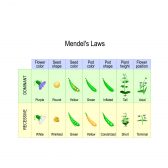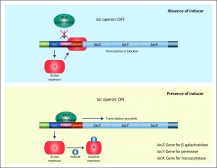Definition
noun
The bacterial component of plankton of aquatic ecosystems
Supplement
Plankton pertain to the small organisms that drift, float, or weakly swimming in aquatic habitats. Some of them may be capable of diel vertical migration but they, in general, flow with their surrounding currents. They may be classified according to their trophic level groups: (1) phytoplankton, (2) zooplankton, (3) bacterioplankton, and (4) mycoplankton.
Bacterioplankton are the bacterial component of the plankton. They are comprised of prokaryotes. Some of them serve as primary producers and others as primary consumers in aquatic ecosystems (e.g. marine and freshwater ecosystems). Primary producer bacterioplankton are those that are capable of photosynthesis, e.g. blue-green algae (cyanophyta). It should be noted though that cyanophyta are also referred to as phytoplankton since they are also regarded as one of the photosynthetic algal groups. However, they are the only algal group that is prokaryotic and therefore are also considered as bacteria. Bacterioplankton are ecologically essential since they are involved in the remineralization processes of organic material. They drive global biogeochemical cycling of elements (e.g. carbon fixation, nitrogen fixation, denitrification, nitrification, etc.). Many of them are saprotrophic as they obtain energy from organic material they consume.
Word origin: bacterio– (of bacteria) + planktón, (planktós (“wandering”)
See also:
Dictionary > Bacterioplankton
You will also like...

Mendel’s Law & Mendelian Genetics
One of Mendel’s law of inheritance is the “law of dominance”. Read this tutorial to know more about this form of i..

Population Growth and Survivorship
This lesson looks at population attributes, regulation, and growth. It also covers population genetics, particularly gen..

Birth of a Human Baby
Following nine months inside the mother's womb is the birth of the baby. Know the different stages of the birthing proce..

Gene Action – Operon Hypothesis
Learn how the way genes control and determine every aspect of the body. This lesson uses lac operon as an example. ..
..

Movement of Molecules Across Cell Membranes
Molecules move within the cell or from one cell to another through different strategies. Transport may be in the form of..

Community Patterns
Learn about community patterns and the ecological factors influencing these patterns. Revisit some of the ecosystems you..

